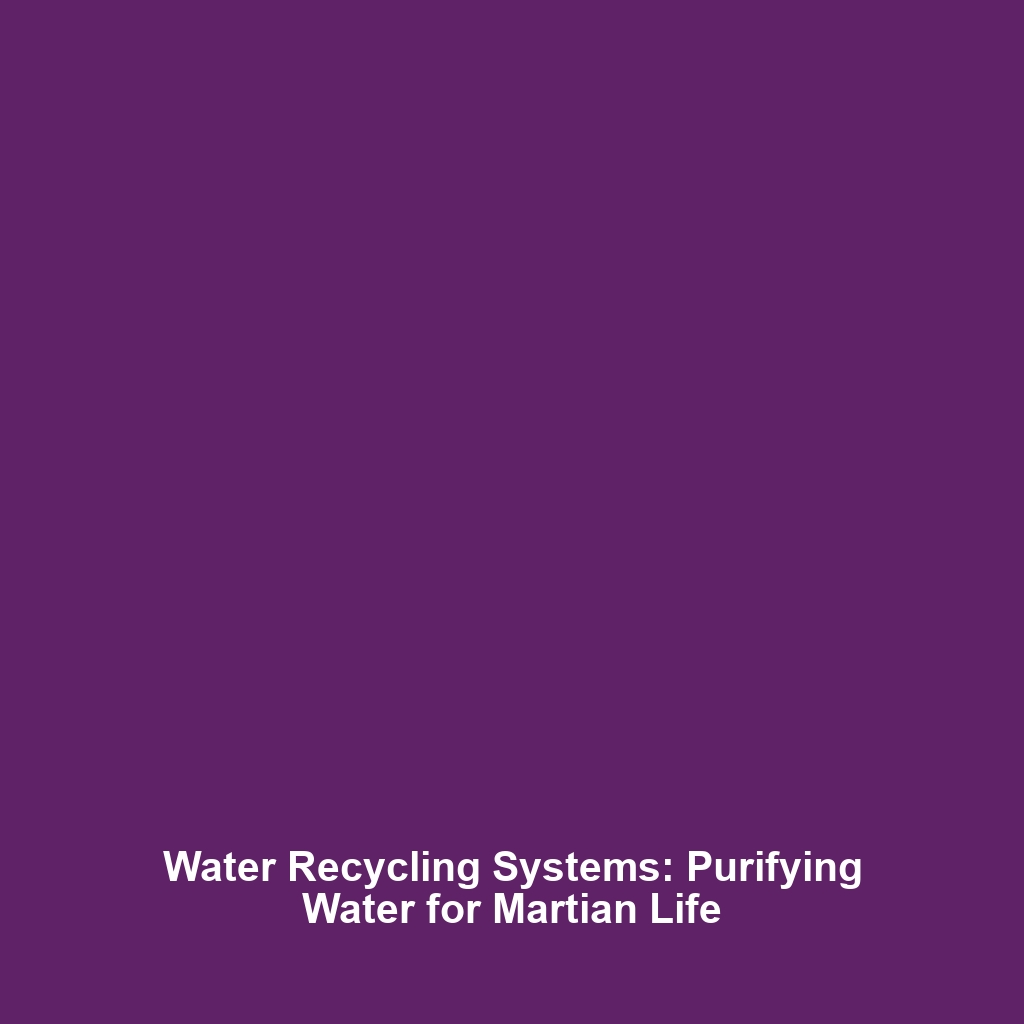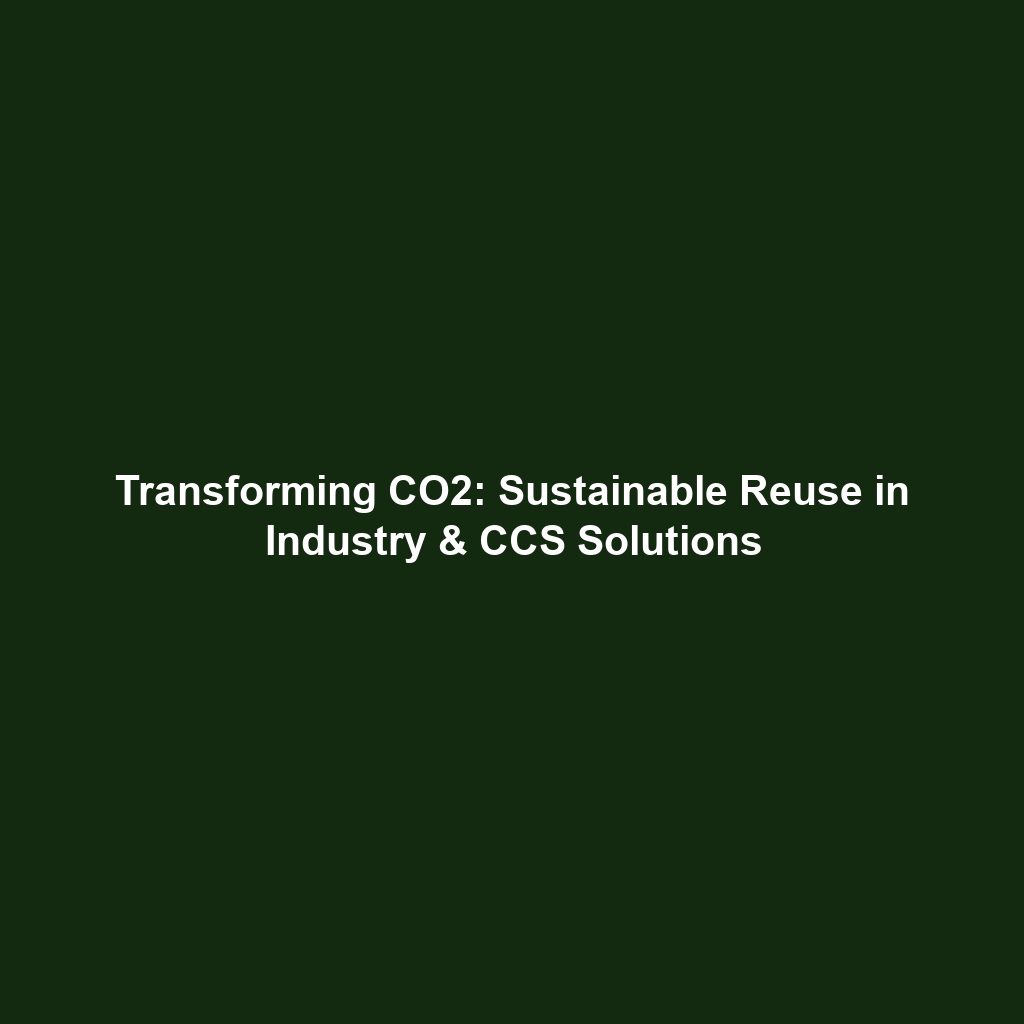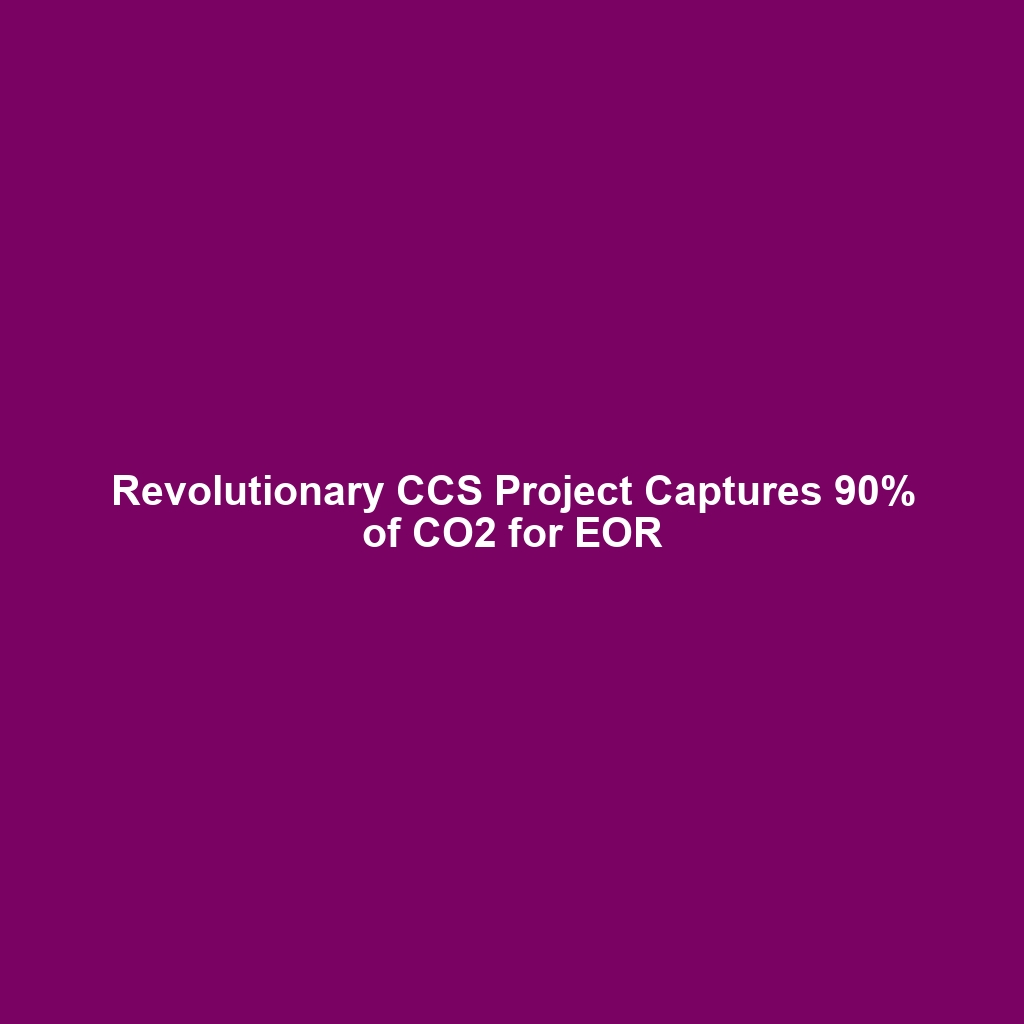Differences in Rules for Somatic vs. Germline Editing
Introduction
As CRISPR gene editing technology continues to advance, understanding the differences in rules for somatic vs. germline editing becomes increasingly significant. Somatic editing refers to alterations made to non-reproductive cells, affecting only the individual, while germline editing involves changes to the reproductive cells, influencing future generations. This distinction is crucial not only for ethical considerations but also for regulatory frameworks and societal implications, particularly within the context of CRISPR applications.
Key Concepts
Somatic Editing
Somatic editing is primarily focused on treating genetic disorders in affected individuals. It has been used in clinical settings to address conditions such as sickle cell disease and certain cancers. The primary aim is to modify specific cells without affecting the patient’s germline. The regulatory landscape is comparatively lenient for somatic editing, encouraging research and clinical trials.
Germline Editing
In contrast, germline editing carries profound implications as it affects embryos and can be passed on to descendants. The rules governing germline modifications are stricter due to the potential for unforeseen long-term effects on the gene pool. Many countries have enacted bans or regulations surrounding germline editing, reflecting heightened concerns about ethical, moral, and societal impacts.
Applications and Real-World Uses
The applications of somatic vs. germline editing in CRISPR gene editing are vast and varied:
- Somatic Editing: Utilized in cancer therapies to modify immune cells to target tumors more effectively.
- Germline Editing: Though limited, research explores its potential for preventing hereditary diseases before birth.
These divergent applications illustrate the necessity for well-defined regulations corresponding to the ethical ramifications of each editing method.
Current Challenges
Understanding the challenges of differences in rules for somatic vs. germline editing is essential for responsible advancement in CRISPR research:
- Ethical considerations regarding embryo modification.
- Potential unintentional consequences of germline changes.
- Varying international regulations leading to research discrepancies.
- Public perception and acceptance of genetic modifications.
Future Research and Innovations
The future of CRISPR gene editing is poised for exciting breakthroughs, particularly in the context of somatic vs. germline editing:
- Next-gen CRISPR technologies with enhanced specificity to minimize off-target effects.
- Innovative gene therapies tailored to specific genetic mutations.
- Expanding ethical dialogues to incorporate diverse societal perspectives.
Ongoing research is crucial to address these avenues responsibly and productively.
Conclusion
In conclusion, the differences in rules for somatic vs. germline editing highlight critical ethical and regulatory considerations within the realm of CRISPR gene editing. As technology progresses, fostering a balanced dialogue among scientists, ethicists, and policymakers will be essential to navigate the future of genetic editing. For further reading on CRISPR applications and regulations, visit our comprehensive guide to CRISPR technology.









